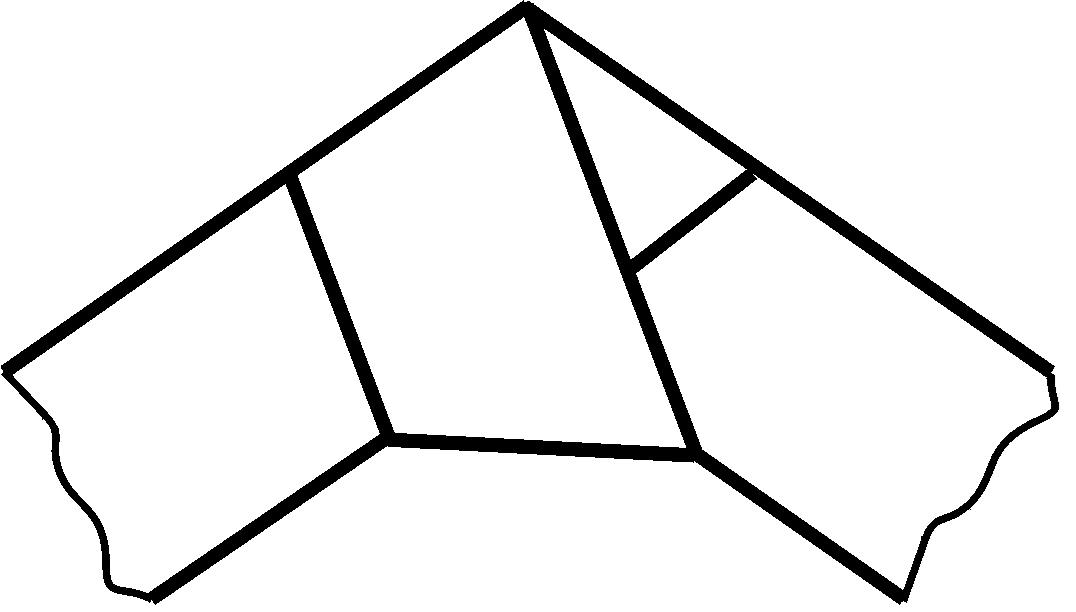Problems
Prove the reverse triangle inequality: for every pair of real numbers \(x\), \(y\), we have \(\left| \left| x \right| - \left| y \right| \right| \leq \left| x - y \right|\).
Can you come up with a divisibility rule for \(5^n\), where \(n=1\), \(2\), \(3\), . . .? Prove that the rule works.
Show that for each \(n=1\), \(2\), \(3\), . . ., we have \(n<2^n\).
You and I are going to play a game. We have one million grains of sand in a bag. We take it in turns to remove \(2\), \(3\) or \(5\) grains of sand from the bag. The first person that cannot make a move loses.
Would you go first?
For every natural number \(k\ge2\), find two combinations of \(k\) real numbers such that their sum is twice their product.
Show that \(n^2+n+1\) is not divisible by \(5\) for any natural number \(n\).
Prove the following identity for any three non-zero real numbers \(a,b,c\): \[\frac{b}{2a} + \frac{c^2 + ab}{4bc} - \left|{\frac{c^2 - ab}{4bc}} \right| - \left|{\frac{b}{2a} - \frac{c^2 + ab}{4bc} + \left|{\frac{c^2 - ab}{4bc}}\right|}\right| = \min\{\frac{b}{a},\frac{c}{b},\frac{a}{c}\}.\]
There are \(n\) balls labelled 1 to \(n\). If there are \(m\) boxes labelled 1 to \(m\) containing the \(n\) balls, a legal position is one in which the box containing the ball \(i\) has number at most the number on the box containing the ball \(i+1\), for every \(i\).
There are two types of legal moves: 1. Add a new empty box labelled \(m+1\) and pick a box from box 1 to \(m+1\), say the box \(j\). Move the balls in each box with (box) number at least \(j\) up by one box. 2. Pick a box \(j\), shift the balls in the boxes with (box) number strictly greater than \(j\) down by one box. Then remove the now empty box \(m\).
Prove it is possible to go from an initial position with \(n\) boxes with the ball \(i\) in the box \(i\) to any legal position with \(m\) boxes within \(n+m\) legal moves.
Given a natural number \(n\), find a formula for the number of \(k\) less than \(n\) such that \(k\) is coprime to \(n\). Prove that the formula works.
A paper band of constant width is tied into a simple knot and tightened. Prove that the knot has the shape of a regular polygon.
